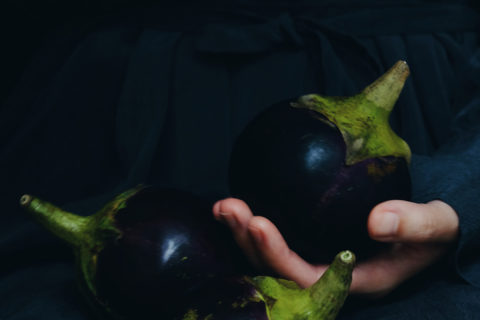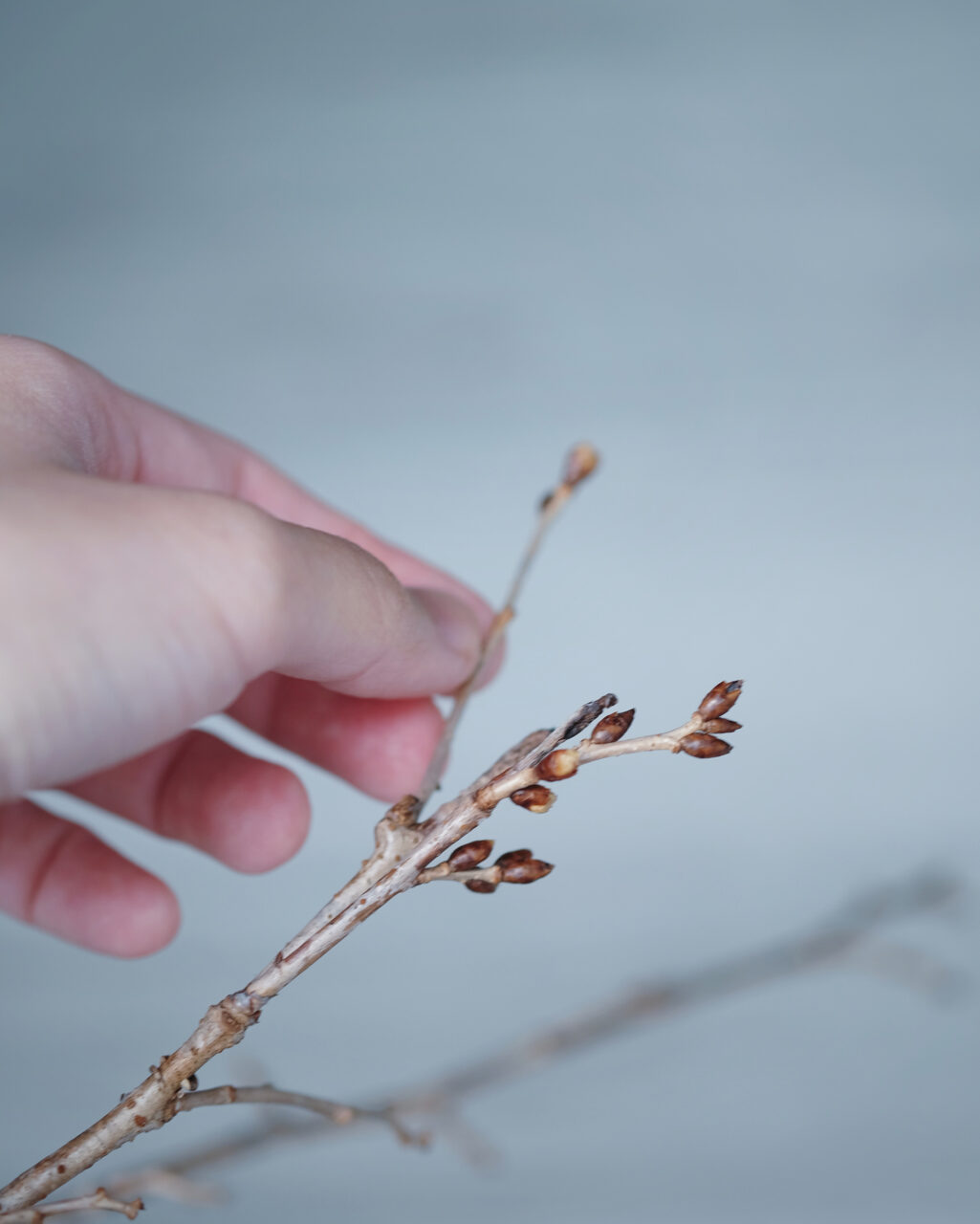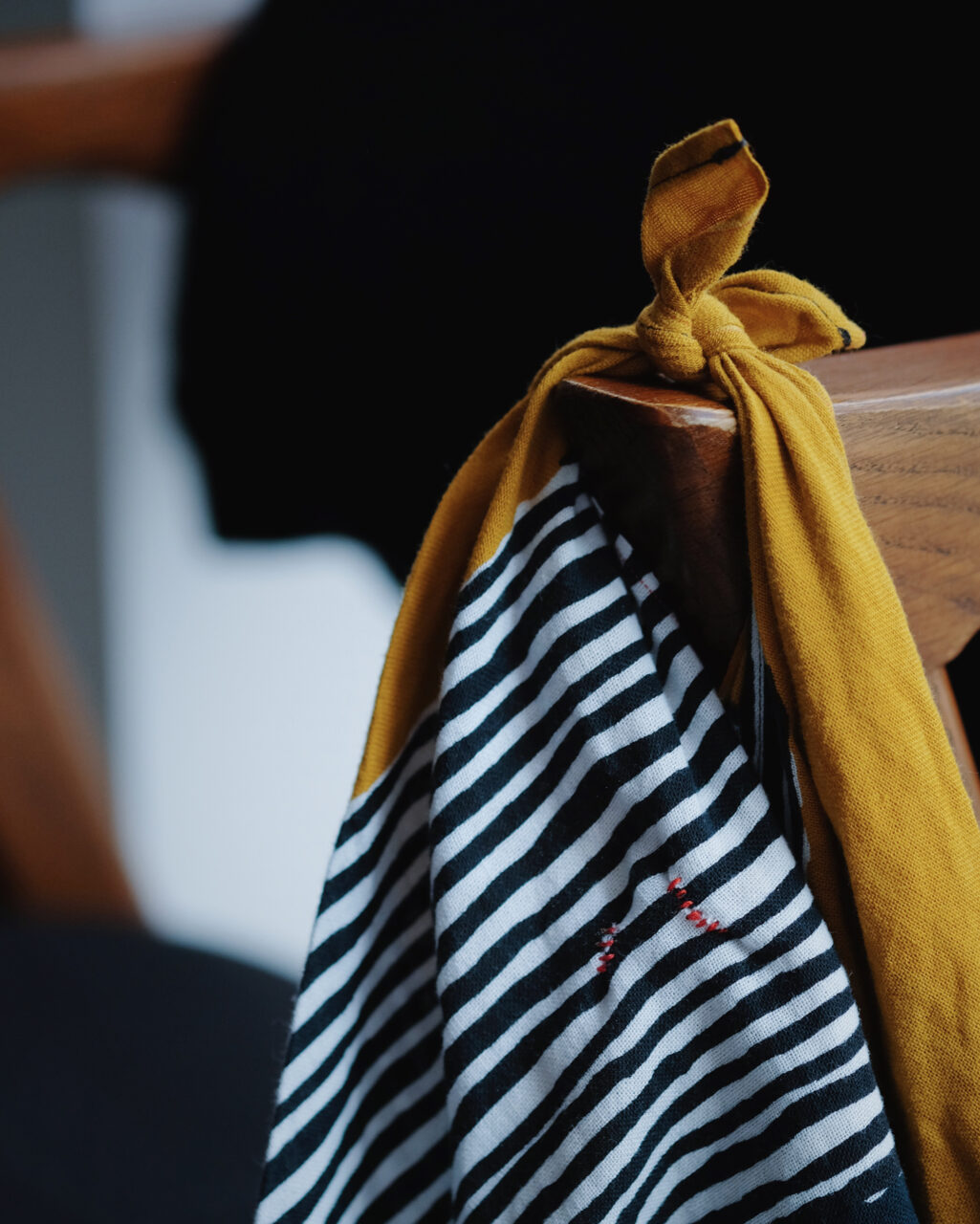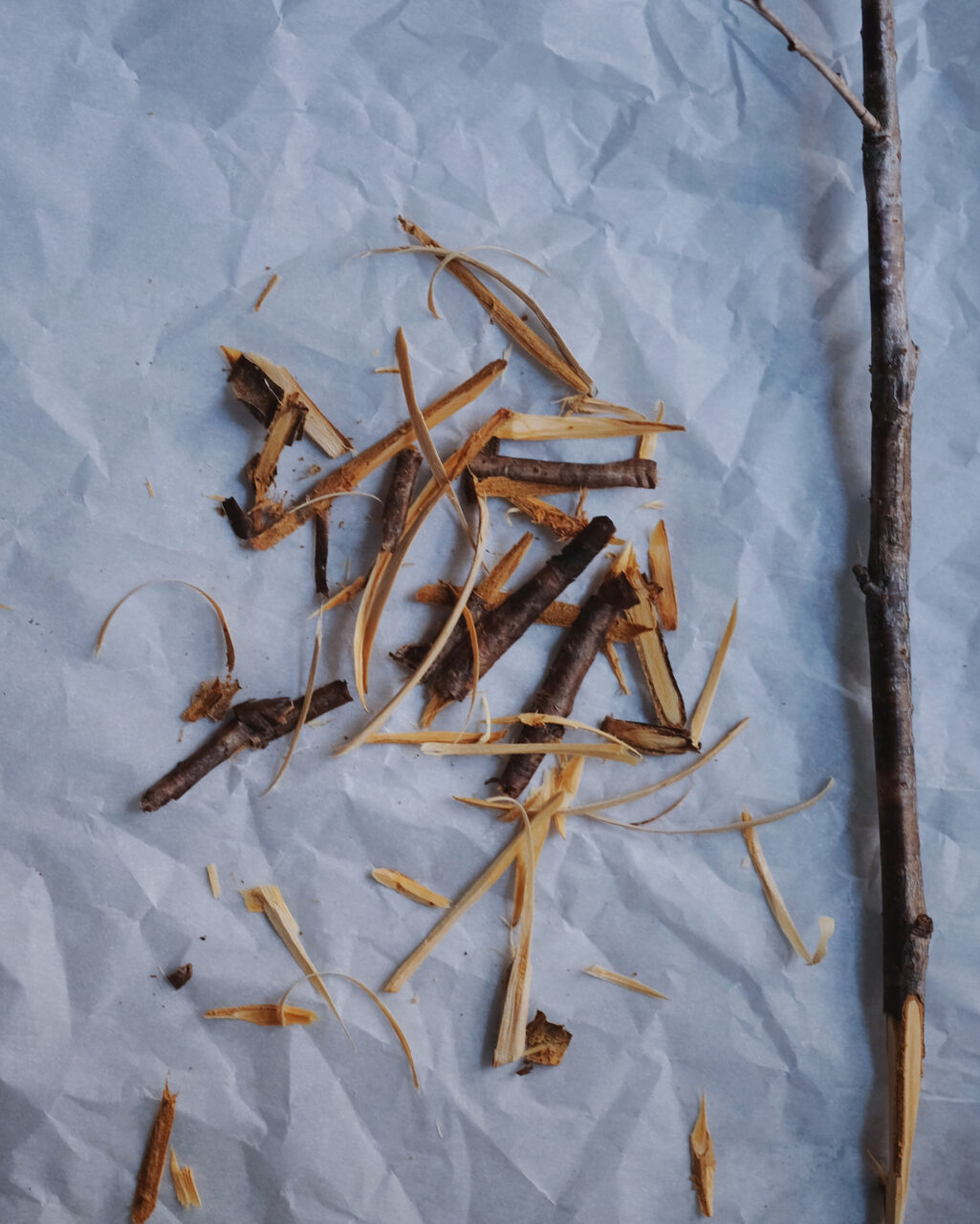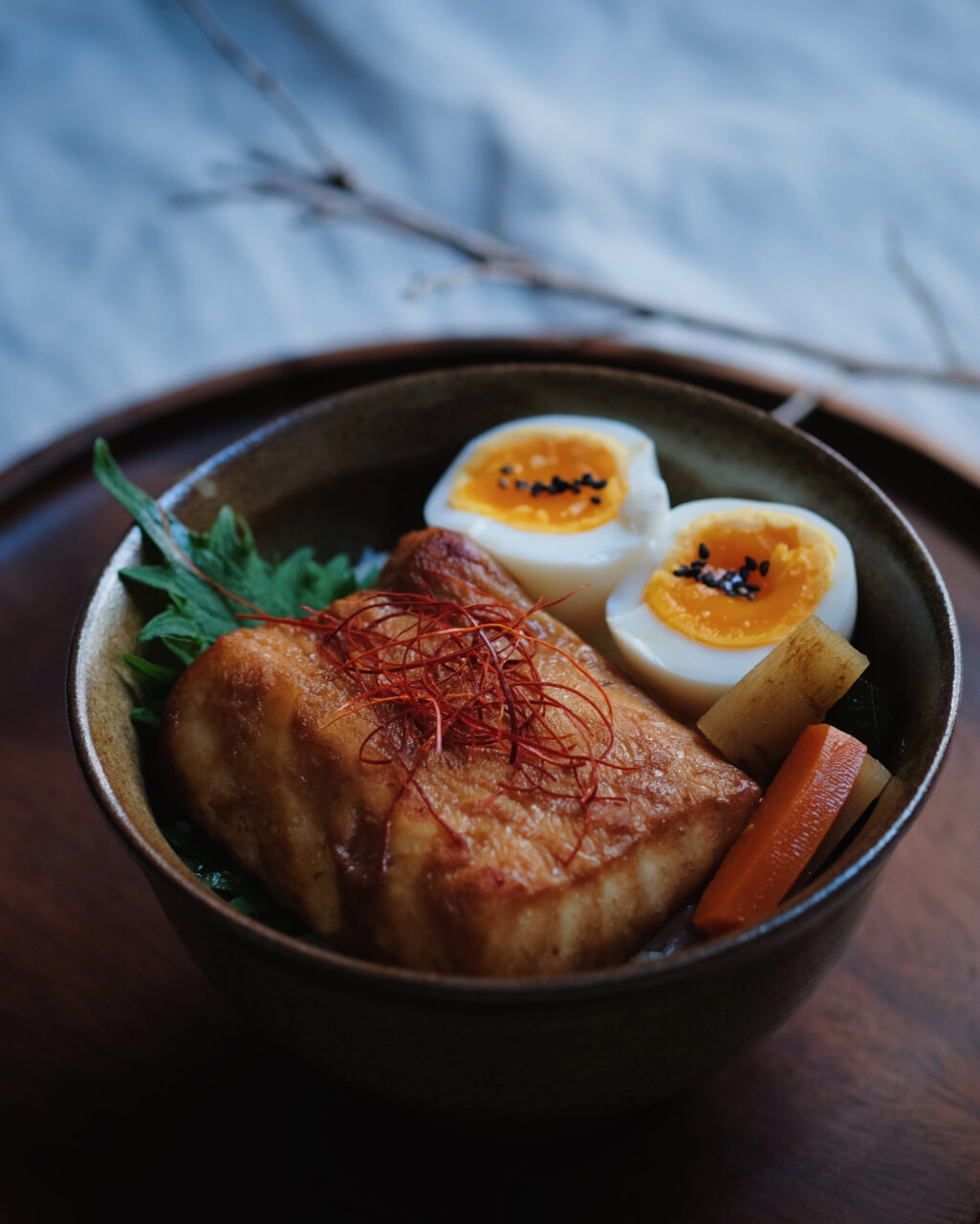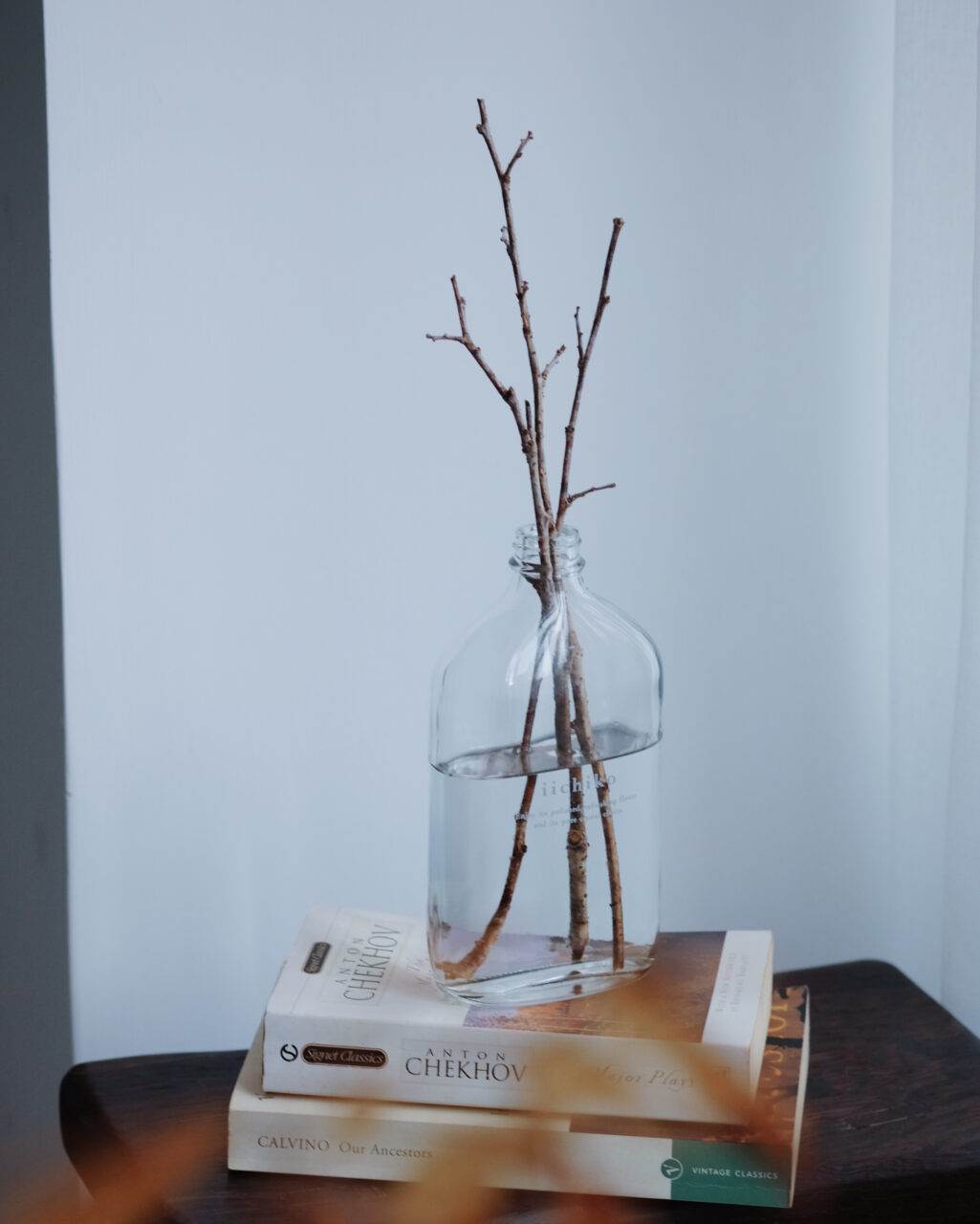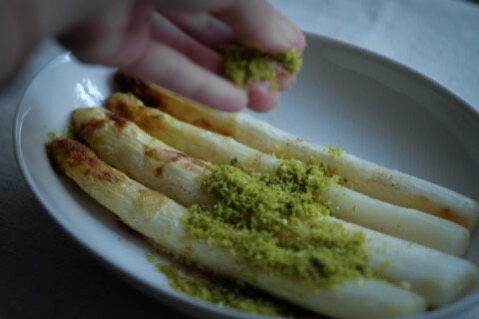最近花了不少時間修繕家中物品。
各個厚重的鑄鐵鍋、手製玉子燒平底鐵鍋、從東京道具街搬回來的中式鐵鑊,一一深層清潔,燒熱抹油,好好保養。京都有次廚刀、菜刀,我執着刀柄,輕按刀背,維持在同一角度,小心翼翼地、不熟練地、來回地在浸過水的磨刀石上磨利刀刃。伊勢木棉小巾折布袋還未用過,便不知怎麼的穿了四個小洞,怕洞口撐大,便着手縫補。棉袋是芥末黃拼深藍與白色條紋,難以一款棉線顏色縫補,便用紅線縫補,不隱藏殘缺,變成另一種美,我想與金繼哲學差不多吧。伊勢木棉織成的布料非常柔軟,編織頗疏,針線難以着力,每把縫線拉緊一下 ,洞口便好像大了一點…… 最後勉強把洞補好,卻沒有呈現心目中想要的樣式。農曆年前,買了兩枝櫻花,一棵盛開,一棵滿枝花蕾卻沒長出一朵花一片葉。數星期過去,還是沒開花。我拿着那櫻枝,餘香幽邈,捨不得如此棄掉,將它擱在陽光下風乾,及後摘去枯掉的去花蕾,再剪下分枝,插在加了日本檜木精油的瓶裡,製成擴香瓶。餘下的木枝,則削成薄片,在內層早已損破的鑄鐵鍋裡舖上鋁紙、撒把黃糖,與櫻木一同加熱,燻了兩片比目魚。
較大型的修繕有這項。兩把餐椅的皮革面料因年月留痕,加上貓兒好奇,把破口越抓越大,木框以外,椅子幾乎體無完膚,反正自己坐,就一直由它破爛。後來,好久沒聚頭的朋友要來訪,為免看起來太不堪,還是動手修補破椅。倒轉椅子,鬆開坐墊底部的螺絲,拆下坐墊,剪掉皮革,包上從傢俬店買來的現成棉質靠墊套,四角稍稍以釘子固定,再把坐墊套回椅子木框之中,四邊布料收妥於框下,扭上螺絲即成。背墊則繁複得多。微彎背墊以粗螺絲鑲在兩道木柄之間,鬆開螺絲後還得費勁拉出。背墊皮料縫工複雜,不易拆剪,便直接套上靠墊套,然後把多餘的布料摺合縫起。拿起針線,又發現自己的指頭笨拙,細活做不了,兩個背墊我縫了半天。第一個,縫緣亂七八糟,第二個,換了個做法,好一點,但還是醜。總算縫好,在背墊兩側的布料剪個洞口,以扭上螺絲,然後手腳並用地拉開椅背兩邊木柄,塞入背墊,好不容易才能對齊背墊、背墊布料與木柄上的螺絲洞口,然後扭上螺絲。
以往在街頭看見「梳化翻新、補皮」的廣告,還忖想這年代誰會花費在舊物上。買把新椅子很容易,要將舊物留下翻新或修理,所費的心神卻要多。我不是戀物,或許是不想浪費,或許,是明知捨棄太易,寧願取難,選擇以時間和精神為生活和器具縫上間場短曲,潤飾蒼白疲乏的生活章節。
事物在創造之初或許有既定的存在意義,然而,花兒即使未能如期綻放與凋零,也可以自食物留香,滲進記憶,在殘缺的鑄鐵鍋內,讓無法開花的生命在另一個載體中存在,生活亦然。
Recently, I have spent quite some time repairing home items.
All the heavy cast iron pots, the handmade tamagoyaki pan and the wok I carried all the way from Tokyo – every speckle was polished and every corner well-seasoned. For the kitchen knife from Aritsugu, Kyoto, and Chinese cleaver knife, I held the wooden handle with one hand and gently pressed the blade with another, and pushed it back and forth on a soaked whetstone in a careful, amateur way to sharpen the edge. I had a new Ise cotton bag which somehow bore four tiny holes. To avoid the holes getting larger, I tried to sew them up right away. It’s a piece of fabric printed with mustard yellow, and blue and white stripes. Since no one single thread could match the colours, so I used red to turn imperfection, which I didn’t mean to hide, into beauty. I thought that’s what kintsugi art is about too. Fabric weaved by Ise cotton was extremely soft and the warp was so loose that whenever I tightened the sewing seam, the hole seemed enlarged…Anyway, the holes were mended, roughly, although they didn’t look anything like I pictured. Before Lunar new year, I bought two branches of Japanese cherry, one of them blossomed beautifully and the other one generously budded but not a tiny flower or a single leaf was sprouted. And after weeks, there was still no sign of flowering. I held the brown branch, its fainted fragrance lingered in my hand. I couldn’t bring myself to throw it away but instead, I placed it under the sun for drying. I picked away the dried buds, snipped off the twigs and put them into a bottle infused with Japanese hinoki essential oil, turning it into a diffuser. For the wood remains, I shaved it into small chips and threw them into an old cast iron pot with patches of peeled interior. I lined the pot with aluminum foil, sprinkled a dash of brown sugar and the cherry wood chips, and I smoked two pieces of halibut fillet in it.
Here is the project of a larger scale. The leather upholstery of two of my dining chairs were ragged as time went by, and, with a curious cat which kept scratching the fabric, the tattered parts grew larger and larger that, at the end, all parts ragged except for the wooden chair frames. I didn’t care much as I was the only one who used those chairs. Until one day, some old friends were to come visit me, so I finally got on fixing the chairs so that they didn’t look too shabby. I turned the chair upside down, unscrewed the slip seat and took it out to remove the peeled leather upholstery. The slip seat was “reupholstered” with a store-bought cotton cushion cover and attached back to the frame where the four cushion cover corners were tucked under and secured with pins. It was much more complex to work on the backrest. The curved pad was attached to two sides of the chair stile with thick screws. It took me quite a lot of effort to pull the backrest out after unscrewing. The seams were too strong that the fabric was impossible to remove, so I just left it there. I slipped the backrest into another cushion cover and folded up the excess fabric to sew up. And again, I realised I didn’t have agile fingers for needle work that I spent an entire afternoon sewing the two seams. The first seam was a total mess and the second one, where the stitching was done in another way, was slightly better but it’s still ugly. Anyways, the “upholstery” was done. I snipped two holes on the two sides of the backrest for the screws. Using both hands and legs, I pulled the chair frame apart and stuck the backrest back into the frame. It took even more effort to align the holes on the frame, fabric and the original backrest for the screws to pass through.
When I saw “Sofa refurbishment and restoration” advertisements on the street in the past, I thought who would spend a fortune on repairing old possessions nowadays. Getting a new chair is easy. Restoring or fixing the obsolete, on the other hand, requires much more effort. Not being nostalgic, I might have upcycling in mind, or, probably understand that letting go is easy, and I would rather take a challenging path so as to stitch an interlude onto life and objects with time and effort, as well as colouring up pale and weary chapters in life.
An object may be created for a designated purpose. However, when the flower fails to bloom and wilt as it should be, its fragrance can still be preserved in food and infused into memories. In a broken pot, in another vessel, the life of an unbloomed flower relived. So could life.
櫻木燻魚
材料:
比目魚柳 兩片, 220克
味醂 2.5 湯匙
醬油 2 湯匙
清酒 1 湯匙
櫻木 1 條
粗黃糖 1 茶匙
做法:
- 混和味醂、醬油及清酒,放入比目魚(三文魚及鯖魚等油份重的魚也很合適),醃 30 分鐘。
- 用削皮器把櫻木削成薄片備用。不是所有木材都適合用作煙燻,大型超市多有出售煙燻用的蘋果木片及櫻桃木片。
- 在深鍋裡舖上鋁紙,放上木屑及黃糖,以中高火加熱至冒煙,待用。
- 印乾魚柳上的醃料,醃料留起,魚柳快煎至半熟、兩面金黃,盛起備用。
- 醃料在煎鍋裡煮至稠身,放入魚柳煮至九成熟。
- 深鍋裡放入蒸架及金屬網,將魚柳放在網上,加蓋,燻五分鐘即可。如果使用的鍋較輕及薄身,可以在鍋蓋邊緣再包上鋁紙,以防煙冒洩出。
Japanese Cherry Smoked Fish
Ingredients:
Halibut fillet 2 pieces, 220g
Mirin 2.5 tablespoons
Japanese soy sauce 2 tablespoons
Sake 1 tablespoons
Japanese cherry wood A stalk
Coarse brown sugar 1 teaspoon
Steps:
- Mix mirin, soy sauce and sake, and marinate the fish in the mixture for 30 minutes. Oily fish like salmon and mackerel make great options for smoking
- Shave the wood stalk with a peeler, set aside. Not all kinds of wood are suitable for smoking. Large supermarkets sell apple wood chips and cherry wood chips for smoking use.
- Line a deep pot with aluminum foil, place the wood chips and sugar on top of it. Heat the pot over medium to high heat till there is smoke.
- Pat dry the fish and keep the marinade. Pan sear the fillets into half cooked and golden, set aside.
- Reduce the marinade into a thick consistency in the pan, then put the fillets back into the pan to cook till it’s almost done.
- Place a steaming rack and metallic mesh into the pot. Place the fillets onto the mesh. Lid on and smoke for 5 minutes. If you use a lighter pot, wrap the lid rim with layers of aluminum foil to ensure the smoke doesn’t escape.
Jo Liu
It’s raining outside, crisp and bleak. Three chubby sparrows took shelter on my balcony and I gave them the baguette bits left on my breakfast plate but they flew away. I stayed in, played Damien Rice on vinyl and made apple crumble. Repeat.
Instagram: foodialoguehk
